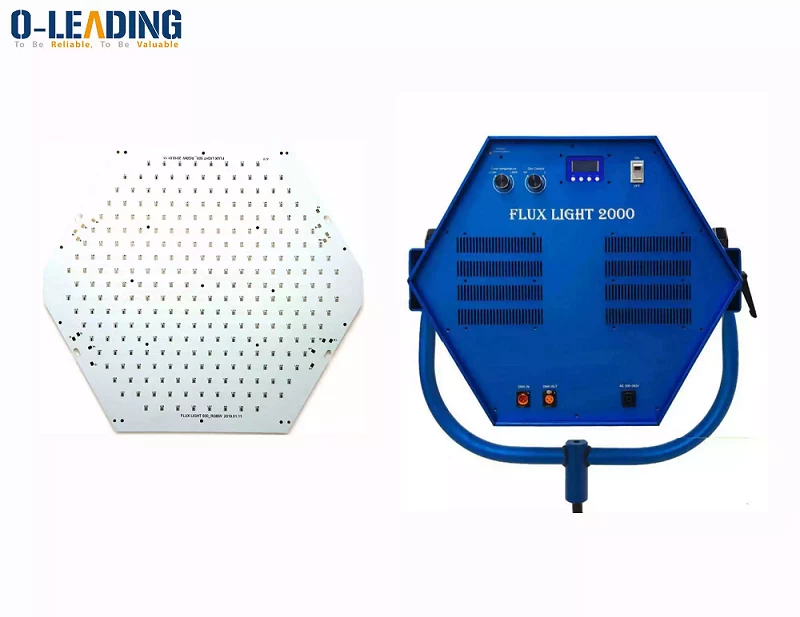PCB classification and its manufacturing process
The diversification of PCBs in materials, layers, and manufacturing processes is suitable for different electronic products and their special needs, so their types are divided more. The following summarizes some common differences and analyzes from its three aspects:
Materials
1. Organic materials:
① Phenolic resin: Phenolic resin is also called bakelite, also known as bakelite powder. It was originally a colorless or yellowish brown transparent substance, and it was often sold in the market with red, yellow, black, green, brown, blue and other colors, with particles or powder.
Phenolic resins are resistant to weak acids and bases, and decompose in case of strong acids and corrode in case of strong bases. Insoluble in water, soluble in organic solvents such as acetone and alcohol. Phenolic aldehyde or its derivatives are obtained by polycondensation.
② Glass fiber: Glass fiber is an inorganic non-metallic material with excellent performance, a wide variety, the advantages are good insulation, strong heat resistance, good corrosion resistance, high mechanical strength, but shortcomings It is brittle and has poor wear resistance.
It is made of pyrophyllite, quartz sand, limestone, dolomite, boronite, and boronite as raw materials through high-temperature melting, drawing, winding, weaving and other processes. Its monofilament diameter is several Micrometers to more than twenty micrometers, equivalent to 1/20-1/5 of a hair filament, each bundle of fiber precursors consists of hundreds or even thousands of monofilaments.
Glass fiber is usually used as a reinforcing material in composite materials, electrical insulation materials and thermal insulation materials, circuit substrates and other fields of the national economy.
③ Polyimide: PI for short, polyimide resin, appearance: transparent liquid, yellow powder, brown particles, amber particles, polyimide resin liquid, polyimide resin solution, polyimide resin powder, polyimide Resin particles, polyimide resin pellets, polyimide resin pellets, thermoplastic polyimide resin solution, thermoplastic polyimide resin powder, thermosetting polyimide resin solution, thermosetting polyimide resin powder ,Pure thermoplastic polyimide pure resin, thermosetting polyimide pure resin Second, polyimide PI molding methods include: high temperature curing, compression molding, dipping, spraying method, calendering method, injection molding, extrusion, die casting, coating Covering, casting, laminating, foaming, transfer molding, compression molding.
Our epoxy resin and BT are all organic materials.

large size double layer aluminum base circuit board for flux LED light
2. Inorganic materials:
① Aluminum substrate: The aluminum substrate is a metal-based copper clad laminate with good heat dissipation function. Generally, the single panel consists of a three-layer structure.
They are circuit layer (copper foil), insulation layer and metal base layer. Common in LED lighting products. There are two sides, the white side is soldered with LED pins, and the other side shows the original color of aluminum. Generally, it will be in contact with the thermally conductive part after applying thermal conductive paste. Currently there are ceramic substrates and so on.
②Copper substrate: Copper substrate is the most expensive one among metal substrates. Its thermal conductivity is many times better than aluminum substrate and iron substrate. industry.
There are also ceramic substrates that are inorganic materials, as long as their heat dissipation function is taken.
the finished product is soft and hard
1. Hard board:
Hard board is a kind of board made of PVC. PVC rigid board is a widely used product in industry, especially in chemical anti-corrosion industry.
PVC is a resin resistant to acid, alkali and salt. Because of its good chemical properties and relatively low price, it is widely used in chemical, building materials, light industry, machinery and other industries.
2. Soft board:
The soft polyvinyl chloride extruded sheet is prepared by extruding polyvinyl chloride resin with plasticizer and stabilizer.
It is mainly used for the lining of anti-corrosion equipment such as acid resistance and alkali resistance. It can also be used as a general electrical insulation and sealing gasket material. The use temperature is -5 to +40 ℃. It can be used as a substitute for rubber sheets. product.
3. Soft and hard board:
The birth and development of FPC and PCB have spawned a new product of soft and hard board. Therefore, the soft and hard combined board, that is, the flexible circuit board and the rigid circuit board, after pressing and other processes, combined according to the relevant process requirements, to form a circuit board with FPC characteristics and PCB characteristics.

Chian High Quality custom FPCB/Flex PCB/FPC/Flexible PCB supplier
Structure
1. Single panel:
The single panel is on the most basic PCB, the parts are concentrated on one side, and the wires are concentrated on the other side. Because the wires only appear on one side, we call this type of PCB a single-sided PCB.
Because the single panel has many strict restrictions on the design of the circuit (because there is only one side, the wiring between the wiring cannot cross and must be around a separate path), so only early circuits used this type of board.
2. Double panel:
A double-sided board is a printed circuit board that is covered with copper on both sides including Top (top layer) and Bottom (bottom layer). Both sides can be wired and soldered, with an insulating layer in the middle, which is a commonly used printed circuit board.
Both sides can be routed, which greatly reduces the difficulty of wiring, so it is widely used.
3. Multilayer board:
The manufacturing method of the multi-layer board is generally made of the inner layer pattern first, and then the single-sided or double-sided substrate is made by the printing etching method, and it is included in the designated layer, and then heated, pressed and bonded, as for the subsequent Drilling is the same as the double-sided plated through-hole method. The above is the classification of PCB from three aspects.
































